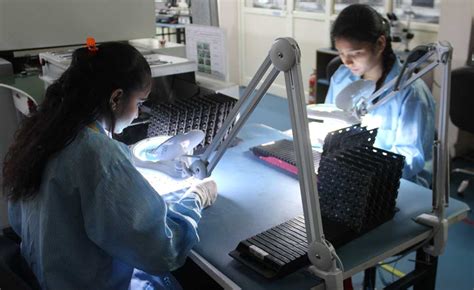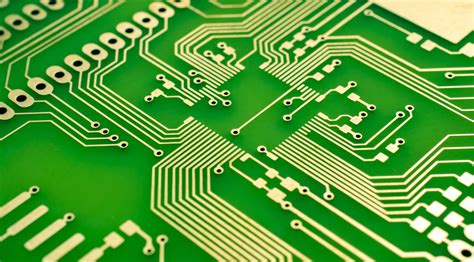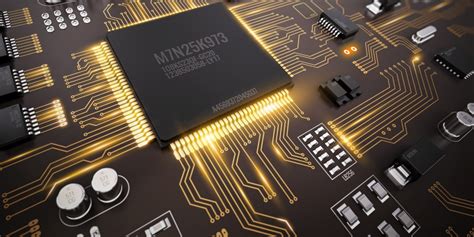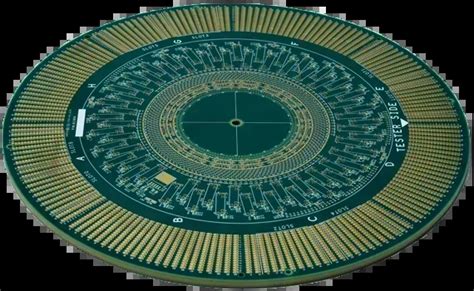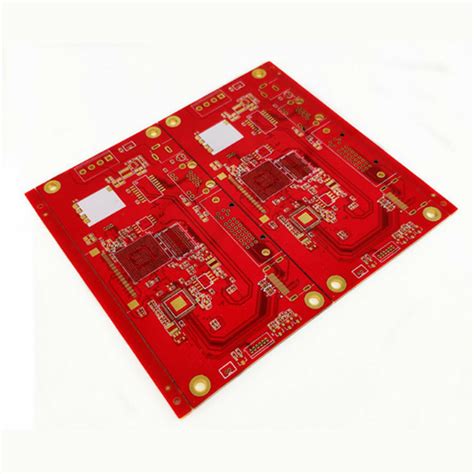PCB Assemblies: The Backbone of Modern Electronics
Introduction
Printed Circuit Board (PCB) assemblies are the foundation of nearly all modern electronic devices. From smartphones and laptops to medical equipment and automotive systems, PCB assemblies enable the functionality and connectivity of electronic components. This article explores the key aspects of PCB assemblies, including their types, manufacturing processes, applications, and future trends.
What Are PCB Assemblies?
A PCB assembly (PCBA) is a fully assembled printed circuit board that includes all necessary electronic components soldered onto the board. The PCB itself is a flat, insulating substrate (typically made of fiberglass or composite epoxy) with conductive copper traces that form electrical connections between components. The assembly process involves placing and soldering components such as resistors, capacitors, integrated circuits (ICs), and connectors onto the PCB.
Types of PCB Assemblies
- Single-Sided PCB Assemblies
- Components are mounted on one side of the board.
- Simple and cost-effective for low-complexity circuits.
- Commonly used in basic consumer electronics.
- Double-Sided PCB Assemblies
- Components are mounted on both sides of the board.
- More complex circuits can be accommodated.
- Used in power supplies, industrial controls, and automotive electronics.
- Multi-Layer PCB Assemblies
- Consist of multiple layers of conductive traces separated by insulating material.
- High-density interconnects (HDI) allow for compact and high-performance designs.
- Found in advanced applications like smartphones, servers, and aerospace systems.
- Flexible and Rigid-Flex PCB Assemblies
- Flexible PCBs use bendable substrates like polyimide.
- Rigid-flex PCBs combine rigid and flexible sections for versatile designs.
- Used in wearable devices, medical implants, and foldable electronics.
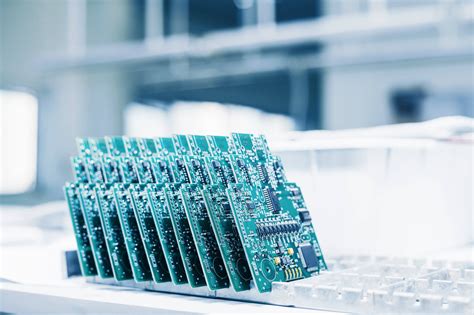
The PCB Assembly Process
The PCB assembly process involves several critical steps to ensure functionality, reliability, and performance.
1. PCB Fabrication
- Design & Layout: Engineers create schematics and PCB layouts using CAD software.
- Substrate Preparation: The base material (FR4, polyimide, etc.) is prepared.
- Etching & Drilling: Copper layers are etched to form traces, and holes are drilled for vias and component leads.
- Plating & Solder Mask Application: Copper is plated for conductivity, and a solder mask is applied to prevent short circuits.
2. Component Placement
- Surface Mount Technology (SMT): Automated pick-and-place machines position tiny components (resistors, ICs, etc.) on the PCB.
- Through-Hole Technology (THT): Larger components (connectors, transformers) are inserted into pre-drilled holes.
3. Soldering
- Reflow Soldering (for SMT): The PCB passes through a reflow oven, melting solder paste to form permanent connections.
- Wave Soldering (for THT): The board is exposed to a wave of molten solder to attach through-hole components.
4. Inspection & Testing
- Automated Optical Inspection (AOI): Cameras check for soldering defects and misaligned components.
- In-Circuit Testing (ICT): Electrical tests verify connectivity and functionality.
- Functional Testing: The assembled PCB is tested under real operating conditions.

Applications of PCB Assemblies
PCB assemblies are used across various industries, including:
1. Consumer Electronics
- Smartphones, tablets, laptops, and smart home devices rely on high-density PCB assemblies.
2. Automotive Industry
- Advanced driver-assistance systems (ADAS), infotainment systems, and electric vehicle (EV) battery management systems use robust PCB assemblies.
3. Medical Devices
- PCBs in pacemakers, MRI machines, and portable diagnostic equipment must meet strict reliability standards.
4. Industrial & Aerospace
- Industrial automation, robotics, and satellite systems require high-performance PCB assemblies with extended durability.
Future Trends in PCB Assemblies
- Miniaturization & High-Density Interconnects (HDI)
- As devices shrink, PCBs must accommodate more components in smaller spaces.
- Advanced Materials
- High-frequency laminates and thermally conductive substrates improve performance in 5G and IoT applications.
- Automation & AI in Manufacturing
- AI-driven inspection and robotic assembly enhance precision and reduce defects.
- Sustainability & Green Electronics
- Lead-free soldering and recyclable materials are becoming industry standards.
Conclusion
PCB assemblies are the backbone of modern electronics, enabling the functionality of everything from everyday gadgets to mission-critical systems. As technology advances, PCB assembly techniques continue to evolve, supporting innovations in AI, IoT, and renewable energy. Understanding the intricacies of PCB assembly helps engineers and manufacturers design more efficient, reliable, and cutting-edge electronic products.
By staying ahead of trends such as miniaturization, automation, and sustainable manufacturing, the PCB assembly industry will remain a driving force in the future of electronics.
This article provides a comprehensive overview of PCB assemblies, covering their types, manufacturing processes, applications, and future developments. Let me know if you’d like any modifications or additional details!


